The third generation of the Internet is growing exponentially and rich in unique technologies. However, tiredly laden with a host of new and complex concepts. In this special column, I will try to make the most important of them accessible, to summarize for each reader the transition from a centralized to a decentralized sequence, how the decentralized technology works behind the scenes, and what are field uses available to the general public.
Web 3.0
The evolution of the Internet includes three generations: the first, in which passive users and consumers of information only, the Internet is foreign to the masses, yet its infrastructure is open source for use. In the second generation, users move on to content creators, the information on the network is owned by the corporations, and the infrastructure moves to the closed source controlled by a centralized entity. In the third generation, also known as Web 3.0, the focus is still on users, but now they also control the content. There is a struggle over the capital, as there is no need for a third party to supervise or impose a commission, and the goal is to decentralize almost all types of information.
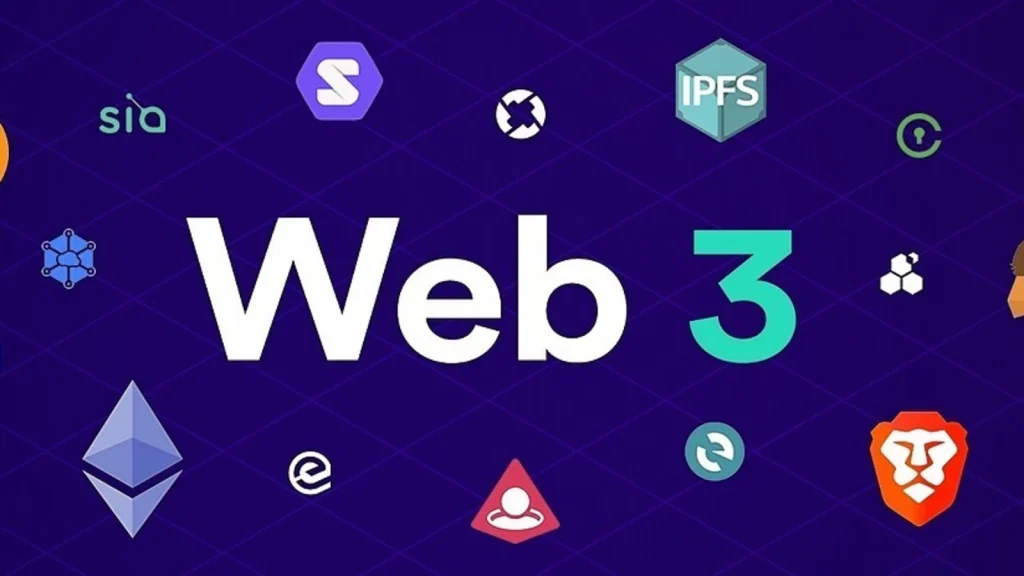
DAO
In the third generation of the Internet, the emphasis is on communities that move on the network that has been united in favor of a common goal and basic principles and manage it through a digital treasure controlled by all members of the Dow without a third-party supervisor. Or in other words, decentralized autonomous organization (DAO). The Dow is openly built to generate interest adequacy among token holders through incentives and game theory. The Dow requires almost no trust at all through blockchain technology. Dow’s operating cost is nil, regardless of the high amounts it may manage. And the most important thing – the Dow is transparent. All decisions, laws, technology, operating mechanisms, and incentives are fully open to public scrutiny from the moment it goes on the air and at any given moment.
Blockchain
The blockchain (chain of blocks, in free translation into Hebrew) is the technology for verifying actions between two parties without a third-party supervisor. The blockchain replaces centralized management by encrypting the information generated by network users after they agree among themselves that it is real and worthwhile. The block contains mainly the transactions made on the network, and the private keys (digital wallets) of the recipient and the sender. The blocks are encrypted one after the other in the chain, so changing the information backward becomes impossible, since each of the users of the network holds a copy of the chain and details of the transactions in it. Each network has a currency designed to incentivize the users who secure the network, ie those who build a record of the transactions, check the chain of blocks to make sure that the sender actually has the money for the recipient, and encrypt the next block.
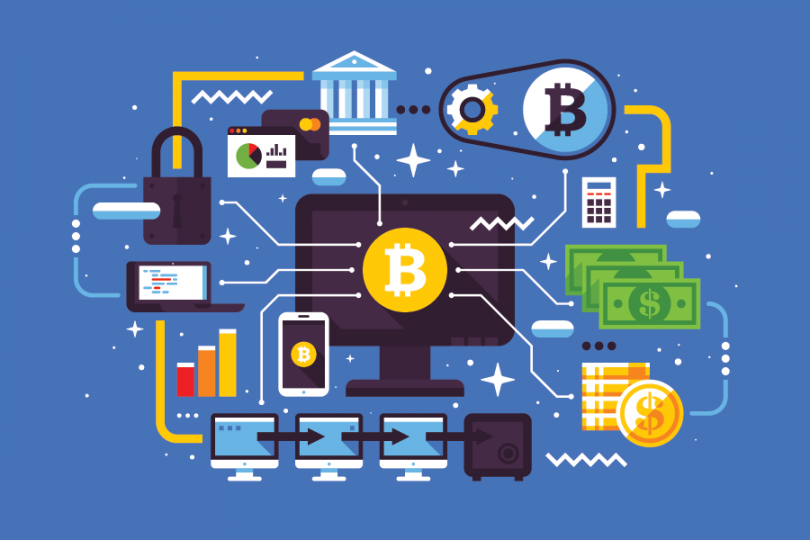
Smart contracts and digital wallets
So what exactly are those smart contracts and digital wallets in question? These are digital contracts on the blockchain network, which aim to replace the way we sign and manage agreements today, and transfer them to a distributed, transparent, reliable, and secure method. The distributed app developed on the contracts is called dApp. Access to the contract is done through the digital wallet, which is software that communicates with the blockchain network and allows the user to make digital transactions, and interface with the smart contracts. Each wallet has one public address and one private address, which are long strings of letters and numbers. The bank number, branch, and account are replaced by the public address, while the username and password for the bank account are replaced by the private address, access to which constitutes full access to the capital stored in the digital wallet.

DeFi
The world in the third generation of the Internet also strives to decentralize the world economy, and simply call it – Distributed Economy (DeFi). A decentralized, accessible, efficient, and more transparent financial system in which sophisticated financial operations can be performed without a third-party supervisor. Users access the technology through various applications, some of which look and feel similar to the financial applications that are already in all of our smartphones, which allow money transfer, account management, trading, and more. But all of this has a major significant difference – there is no centralized company behind that runs the business. Therefore, following the issuance of the third supervisory body, the decentralized economy allows for drastic cost reductions, down to the minimum required to run the code, record speed of execution and approval of transactions, unlimited access to every citizen in every country with no time limit or financial history. This futuristic economy threatens to bite into any product offered by bankers, insurance companies, investment managers, credit card companies, stock exchanges, loan brokers, and more.
NFT
The decentralized technology also gives ownership of a unique asset on top of the blockchain, and in its more familiar name – Replaceable Token (NFT). If we compare Bitcoin for a moment, there is no difference at all between one Bitcoin currency and another. In contrast, NFT behaves differently – like Bitcoin, which is also a cryptocurrency on the distributed network, however, the significant difference is that each NFT token is completely different from any other NFT token in the world. Their mission is to digitally represent an individual unit in the world and to grant a kind of certificate of ownership or license to the token holder, for the property it represents. For the first time in history, the user can verify and track the ownership, authenticity, and originality of the property without relying on the third-party broker, directly from his digital wallet. The potential, by and large, is everything – any object, creation, music, video, game, text, legal contract, convention, event tickets, and real estate.
More articles about NFT that you may also like:
The Intersection Of The Metaverse And Blockchain Technology

Welcome to the fascinating world where the metaverse and blockchain technology collide! As we venture deeper into the digital realm, the marriage between these two groundbreaking innovations is redefining the way we interact, create, and thrive in cyberspace. In this captivating article, we’ll explore the dynamic intersection of the metaverse and blockchain, uncovering how this…
Monetizing Your Metaverse Experience: Tips And Tricks

Welcome to the exciting world of the metaverse, where the digital realm has opened up endless opportunities for monetization and financial growth! In this comprehensive guide, we will explore the most effective tips and tricks to help you turn your metaverse experience into a profitable venture. From leveraging virtual real estate and digital assets to…
Mathews
The futuristic world is not just about the decentralization of assets or the economy. He strives forward, into the world of Metaverse. It is a comprehensive virtual universe, built on a huge network that connects multidimensional worlds, which can be experienced and operated in real-time, by an unlimited number of users. If in the past we were to connect to the Internet, turn on the computer, and look at the smartphone, in the world of the metaverse, we would “live” on the Internet. Always. Maybe with glasses, maybe with smart lenses, or an implanted chip. Instead of going to the nearest device, we will simply be connected to an infinity of transmitters around us continuously and constantly.
Coins and tokens
The thousands of currencies in the crypto market fall into different categories, some even overlapping. Among them: are governance, reserve, smart-contract network, private, usable, stable, mm, securities, irreplaceable, and more. In each category a number of communities compete for the following basic goals; Replace the gold and the dollar, build the technological infrastructure of the decentralized Internet, enable the encryption of privacy and anonymity, transfer digitization to the securities, represent a unique asset in a decentralized manner.

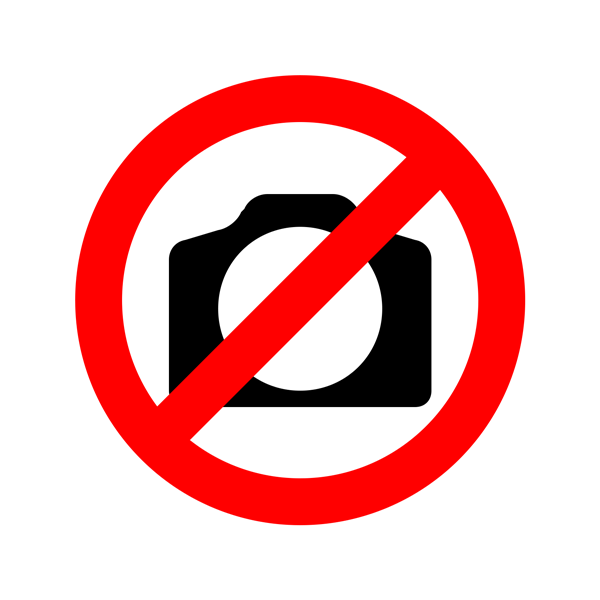
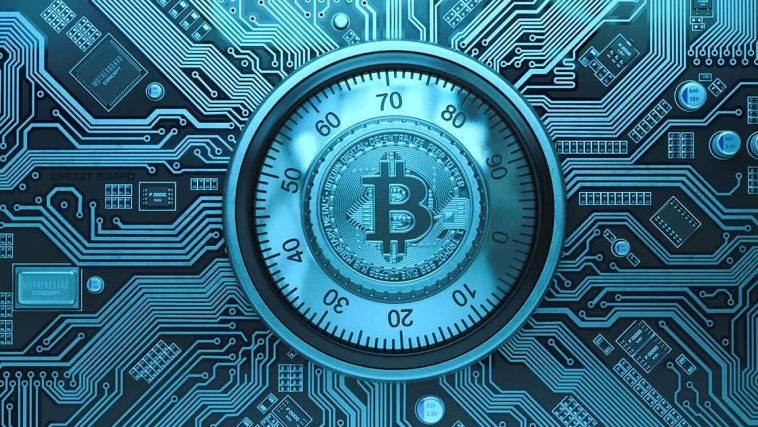
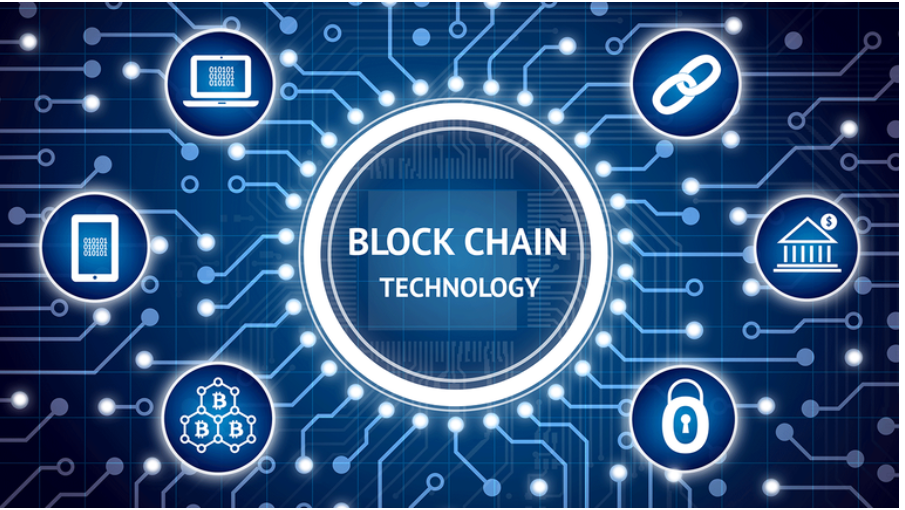



GIPHY App Key not set. Please check settings